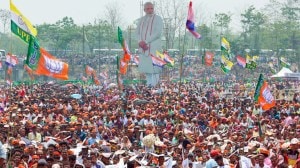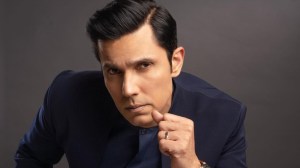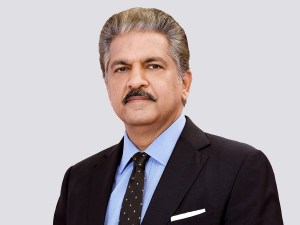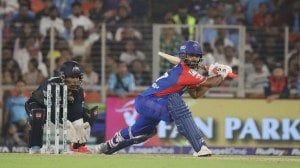- India
- International
This Lok Sabha to have highest ratio of women MPs, but far behind global average
The outgoing Lok Sabha had about 11 per cent women, while the very first Lok Sabha of 1952 had merely 5 per cent — 24 women were elected in a total of 489 parliamentary seats.
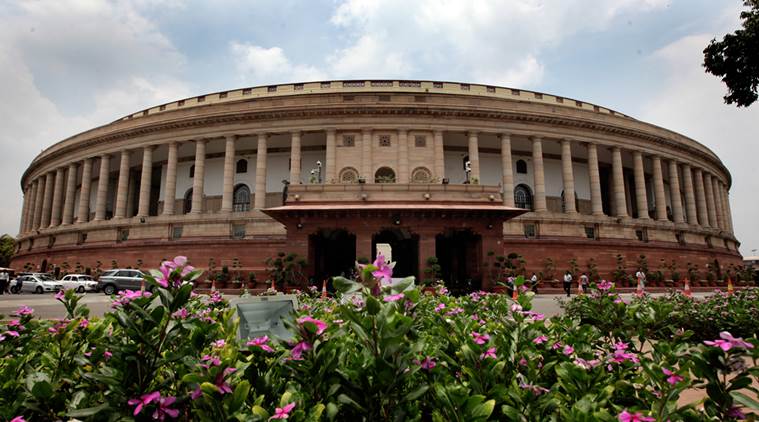 In the 17th Lok Sabha, Uttar Pradesh has the maximum women MPs at 11, mainly by virtue of its greater number of constituencies.
In the 17th Lok Sabha, Uttar Pradesh has the maximum women MPs at 11, mainly by virtue of its greater number of constituencies.
A total of 78 women members of parliament (MP) will be part of the 17th Lok Sabha, taking the proportion of women MPs up to 14 per cent. While this is the highest percentage of women MPs since Independence, India is still far behind the global average of 24 per cent or even South Asian average of 18 per cent when it comes to sending elected women political representatives to the Parliament.
The outgoing Lok Sabha had about 11 per cent women, while the very first Lok Sabha of 1952 had merely 5 per cent — 24 women were elected in a total of 489 parliamentary seats.
In the 17th Lok Sabha, Uttar Pradesh has the maximum women MPs at 11, mainly by virtue of its greater number of constituencies. West Bengal also has 11 women MPs, mostly due to the fact that Mamata Banerjee’s Trinamool Congress gave tickets to as much as 41 per cent women candidates. Of the 17 women candidates, nine were elected to the Lok Sabha.
It is in Odisha that women account for a third of its newly elected MPs. Chief Minister Naveen Patnaik’s BJD fielded 33 per cent women candidates — in seven of the 21 seats in the state. Of the seven, five candidates — Rajashree Mallick, Sarmishtha Sethi, Manjulata Mandal, Chandrani Murmu and Pramila Bisoyi —- won, while two others won from the BJP including Sangeeta Kumari Singh Deo and former bureaucrat Aparajita Sarangi.
Also Read | NDA meets today to re-elect Narendra Modi as PM, swearing-in next week

Of the 11 women candidates in Haryana, a state known for its highly skewed gender ratio, just one has been elected. BJP’s Sunita Duggal is set to become the sixth ever woman elected representative from the state to be sent to the Lok Sabha.
Kerala, which ranks highest on most gender indices, fares no better, with just one woman MP in the current Lok Sabha, who will be only the ninth woman to represent the state in Lok Sabha in seven decades. Congress’ Ramya Haridas (32) trounced CPI(M) stalwart PK Biju by a margin of over a lakh votes in Alathur seat to become Kerala’s second Dalit woman MP since 1971.
While the percentage of woman MPs in the lower House has shown a slow but steady increase over the years, a comparison of the latest data on national parliaments available with the World Bank shows that India is still far behind the world average as well as regional averages. Even as the women’s reservation Bill to reserve 33 per cent seats in the Lok Sabha for women has not gone through either under the UPA or NDA, the regional average of European Union and Latin America & Caribbean is already at one-third. The proportion is much higher in countries such as Rwanda (61 per cent) Cuba and Bolivia (both 53 per cent), Mexico (48 per cent) or Sweden (47 per cent). India on the other hand is way behind its neighbours Afghanistan, Pakistan, Bangladesh and Nepal on women’s representation in Parliament.
A third of the 78 women MPs in the 17th Lok Sabha are MPs who have retained their seats. Of the total 8,000-odd candidates who contested the general elections, less than 10 per cent were women and a third of these women had contested independently.
Both the BJP and the Congress gave tickets to not more than 12 per cent women candidates each. Moreover, of the five transgender candidates who contested the elections, four independents and one on AAP’s ticket from Prayagraj, none were elected to the Lok Sabha.
Apr 18: Latest News
- 01
- 02
- 03
- 04
- 05

















